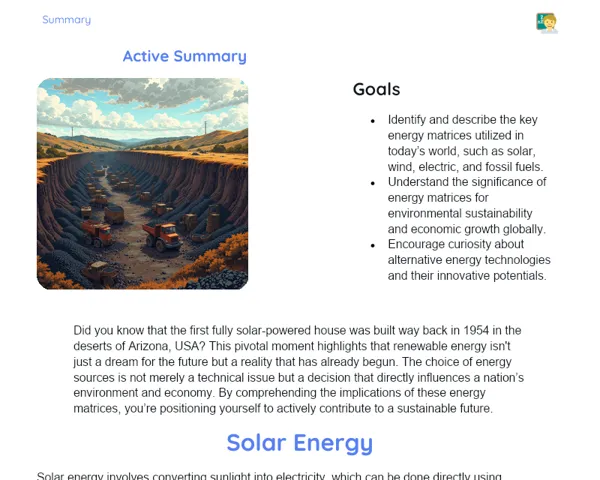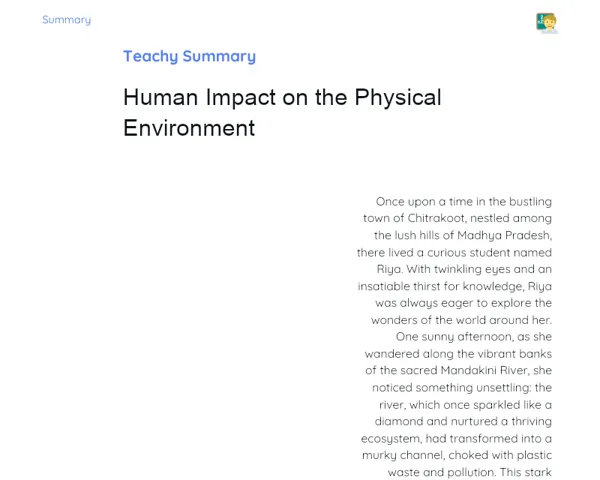Goals
1. Understand the atmospheric variations that create different climates.
2. Identify weather phenomena such as cold fronts, storms, and cyclones.
Contextualization
Climate plays a significant role in our everyday lives, influencing everything from the clothes we wear to agricultural practices and the global economy. Being adept in the elements of climate helps us anticipate changes and prepare for extreme weather occurrences, such as cyclones and heavy rains, which can greatly affect our communities. For instance, understanding how latitude and altitude impact temperature can aid farmers in their crop planning, whilst knowledge about winds and rainfall is essential for effective urban planning and constructing infrastructure that can withstand harsh weather conditions.
Subject Relevance
To Remember!
Temperature
Temperature stands as a fundamental element of climate, describing how hot or cold the air is. It is shaped by factors like latitude, altitude, and proximity to water bodies. Fluctuations in temperature have direct effects on our day-to-day lives, impacting health, agriculture, and various economic activities.
-
Temperature is typically measured in degrees Celsius or Fahrenheit.
-
Latitude affects temperature; usually, regions close to the equator are warmer than those near the poles.
-
Altitude also plays a role: as altitude increases, temperature tends to decrease.
Atmospheric Pressure
Atmospheric pressure refers to the weight of air pressing down on Earth’s surface. It fluctuates with altitude and temperature, affecting wind patterns and weather conditions. Atmospheric pressure is vital for accurate weather forecasts and aviation.
-
Atmospheric pressure is measured in millibars (mb) or hectopascals (hPa).
-
Regions with high pressure often experience stable, dry weather, while low-pressure areas can bring about unstable conditions and storms.
-
Shifts in atmospheric pressure may lead to physical discomfort, like headaches or circulatory issues.
Winds
Winds result from uneven atmospheric pressure. They are crucial for the distribution of heat and moisture, thus shaping our climate and weather. Understanding wind speed and direction is essential for aviation, shipping, and agriculture, as well as harnessing wind energy.
-
Winds are classified based on their speed and direction.
-
Different regions experience distinct winds, such as trade winds, westerlies, and polar winds.
-
Wind speed is measured using an anemometer and expressed in meters per second (m/s) or kilometers per hour (km/h).
Practical Applications
-
Meteorologists leverage knowledge of temperature, atmospheric pressure, and winds to predict weather and issue warnings for extreme conditions like storms and cyclones.
-
Farmers schedule their planting and harvesting tasks based on weather forecasts, ensuring increased yield and reduced losses.
-
Engineers and urban planners factor in climate elements like winds and rainfall when designing resilient infrastructure to withstand unfavorable weather.
Key Terms
-
Temperature: Degree of heat or cold of the air, measured in degrees Celsius or Fahrenheit.
-
Atmospheric Pressure: Force exerted by the weight of air on Earth's surface, measured in millibars (mb) or hectopascals (hPa).
-
Winds: Movements of air arising from differences in atmospheric pressure, classified per their speed and direction.
Questions for Reflections
-
How do variations in temperature affect health and economic activities in a particular region?
-
In what ways does atmospheric pressure impact climate and weather forecasts?
-
What significance do winds hold for agriculture and the generation of renewable energy?
Analyzing the Influence of Climate on Daily Life
This mini-challenge aims to solidify your understanding of how the elements of climate directly relate to our daily lives and activities.
Instructions
-
Select a specific sector within society (for instance, agriculture, tourism, or urban planning) and investigate how climate elements (temperature, atmospheric pressure, winds, etc.) directly affect that sector.
-
Identify a real-life example of an extreme weather event (like a storm, cyclone, or heatwave) and evaluate its economic and social repercussions on that sector.
-
Create a concise report (1-2 pages) showcasing your findings, highlighting how knowledge of climate elements can mitigate the impacts of extreme weather events.
-
Share your conclusions with the class in a discussion or presentation format.



